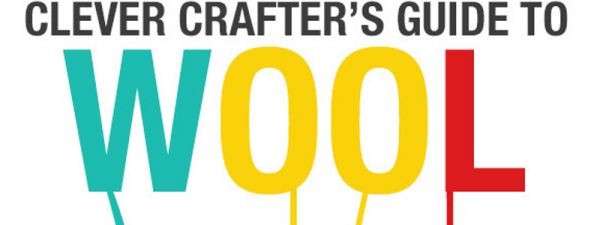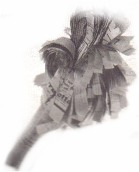
What you need
Scraping Chalk
Applicator
Instructions
How to use Chalk:
Only use chalk that is suitable for Scrapbooking it will be clearly marked “acid-free”. Not all chalks are suitable so you can’t use sidewalk chalk for this project.
Chalk is very dusty so remove everything from your table that you do not want to be covered in chalking dust before starting.
Make sure your hands are clean as the oil in your skin attracts the chalk dust. Glue is also an attraction for Chalk dust so be careful when working on projects that have glue lines, marks or spills as the chalk will show up on these areas much more.
If your chalk does not come with an applicator you can use small cotton balls or ear buds to apply the chalk to your projects making sure you practice with each applicator before using it on your projects. To maintain a standard effect you may need to use a new bud every other application, this is something you will need to experiment with.
Always apply the chalk lightly in a circular motion it is better to start light and build up your layers. Before applying the chalk to your project first dust it onto a spare piece of paper to loosen any access.
Use darker chalk to add definition to the edges of your die cuts . There is a large array of chalks available on the market and generally you can match any shade that you require, but if you want to try your hand at blending colors then make sure you do it on a spare piece of paper and work the applicator till it is well mixed on the bud.
Chalk can be applied to simply torn pages to give definition or using a stencil chalk a design onto a background paper.
Chalk can easily be removed with a white eraser make sure it is a soft eraser that’s surface is clean as you may leave a residue behind on your paper or worse tear it.
Chalking over detailed work such as ink and pen work is easier than trying to apply the ink later, most ink based tips will not actually work on the chalk as the powder clogs the tip making them unusable.

















great stuff